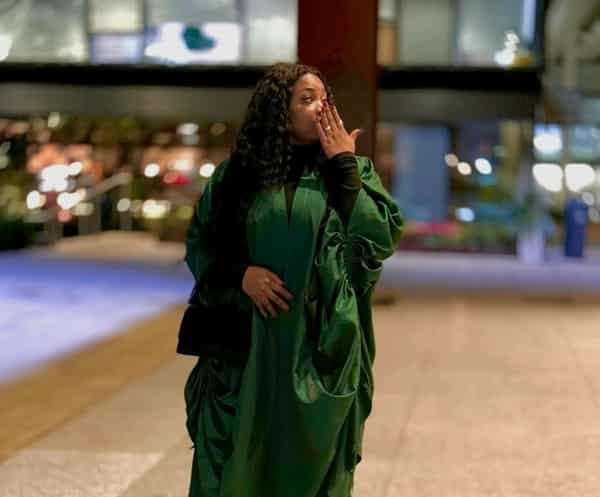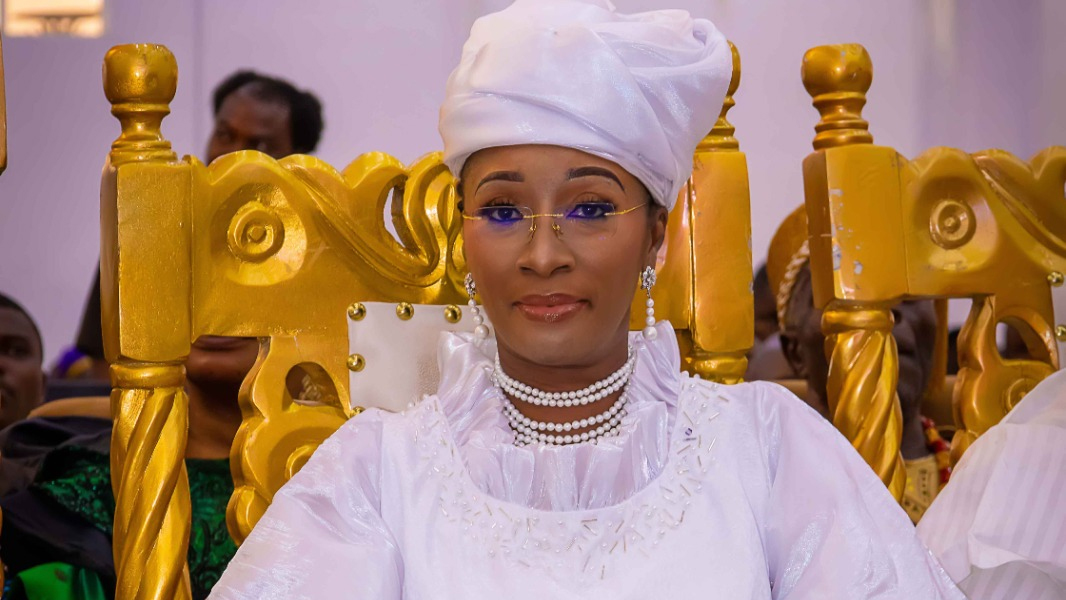
The global fashion industry is undergoing a profound transformation, as African designers, fueled by a blend of cultural pride and modern innovation, reshape the Western fashion landscape. From bold prints and intricate patterns to sustainable practices rooted in heritage, African fashion is no longer confined to its traditional contexts; it has become a vibrant force on the global stage.
For decades, African textiles and designs were often celebrated within ceremonial or local settings. However, the narrative began to shift in the late 20th century when designers like Alphadi, the “Magician of the Desert” from Niger, and Nigerian-British icon Duro Olowu introduced African aesthetics to the global runway. These pioneers paved the way for a new generation of creatives who are transforming perceptions of African fashion in the West.
Modern-Day Innovators
Today, designers from across Africa are pushing boundaries. In Nigeria, Kenneth Ize’s reimagining of traditional aso-oke fabric has gained acclaim on global runways, with pieces worn by celebrities like Naomi Campbell. South Africa’s Thebe Magugu, the first African designer to win the prestigious LVMH Prize, incorporates themes of politics, identity, and heritage into his collections, blending traditional silhouettes with modern tailoring. Meanwhile, Ghanaian brand Christie Brown uses local craftsmanship to create elegant, ready-to-wear pieces that appeal to both African and international audiences.
From North Africa, Selma Benomar of Morocco has reinvigorated the kaftan, a garment with centuries of history, by merging its classic aesthetic with contemporary luxury. In East Africa, Ethiopian designer Lemlem, founded by supermodel Liya Kebede, has popularized handwoven cotton garments, combining sustainability with effortless style.
Evolution of African Fashion in the West
African fashion’s journey to prominence in Western markets can be traced to cultural movements, migration, and increased global exposure. During the 1960s and 70s, Pan-Africanism inspired a wave of interest in African aesthetics, with styles like dashikis gaining popularity in the U.S. and Europe. In recent decades, social media, globalization, and initiatives like Lagos Fashion Week and Dakar Fashion Week have amplified the voices of African designers, allowing their work to transcend geographical boundaries.
Future of African Fashion in the West
As African designers continue to make their mark, their work not only enriches the global fashion scene but also redefines what luxury and innovation mean. By blending tradition with modernity, they challenge stereotypes and offer a fresh perspective on African creativity.
From the bustling streets of Lagos to the ateliers of Paris, African fashion is a testament to the power of cultural exchange. As Blessing Ukpe of Adjoavi Style aptly puts it, “African fashion is not just about clothes—it’s about identity, heritage, and a future that’s full of possibilities.”
With a rich history and a dynamic present, African fashion is not merely influencing Western markets; it is transforming them.
Ukpe’s approach with Adjoavi Style exemplifies a shift in African fashion, carving out a unique identity in Western markets. At a recent fashion meet-and-greet in London, she showcased how aso-oke, historically worn during Yoruba ceremonies, can be transformed into contemporary blazers and dresses that resonate with modern consumers. This duality of tradition and innovation lies at the heart of African fashion’s appeal.
Blessing Ukpe believes sustainability is a key driver of African fashion’s appeal. “We’re creating garments that are not just beautiful but meaningful,” she said. “Our designs reflect a commitment to preserving our culture and supporting our communities.”
One of the defining characteristics of African fashion is its ability to merge cultural heritage with contemporary design. Fabrics like Ghana’s kente, South Africa’s shweshwe, and Mali’s bogolanfini (mud cloth) are being reimagined for modern audiences. Designers like Adjoavi Style are part of this evolution, using aso-oke’s intricate textures to create garments that feel luxurious yet accessible.
These designs are also influencing broader trends. Western fashion houses are increasingly incorporating African-inspired patterns and techniques into their collections, acknowledging the continent’s creative contributions. From bold color palettes to geometric patterns, African aesthetics are shaping the global fashion landscape.
African designers are also shaping the direction of the global fashion industry, particularly in sustainability. This commitment to sustainability resonates with Western consumers, who are increasingly drawn to environmentally conscious brands.






